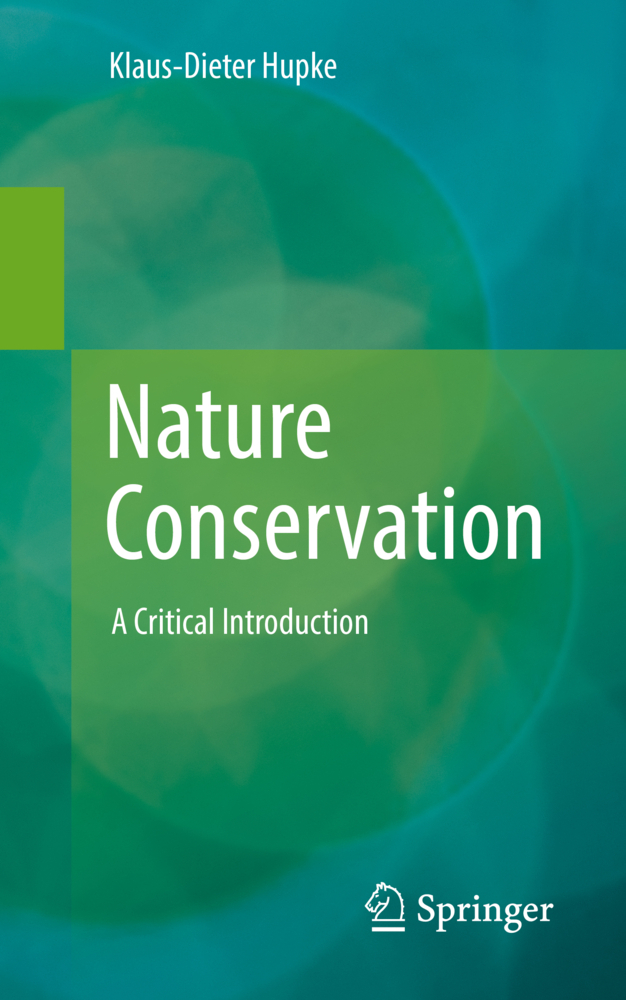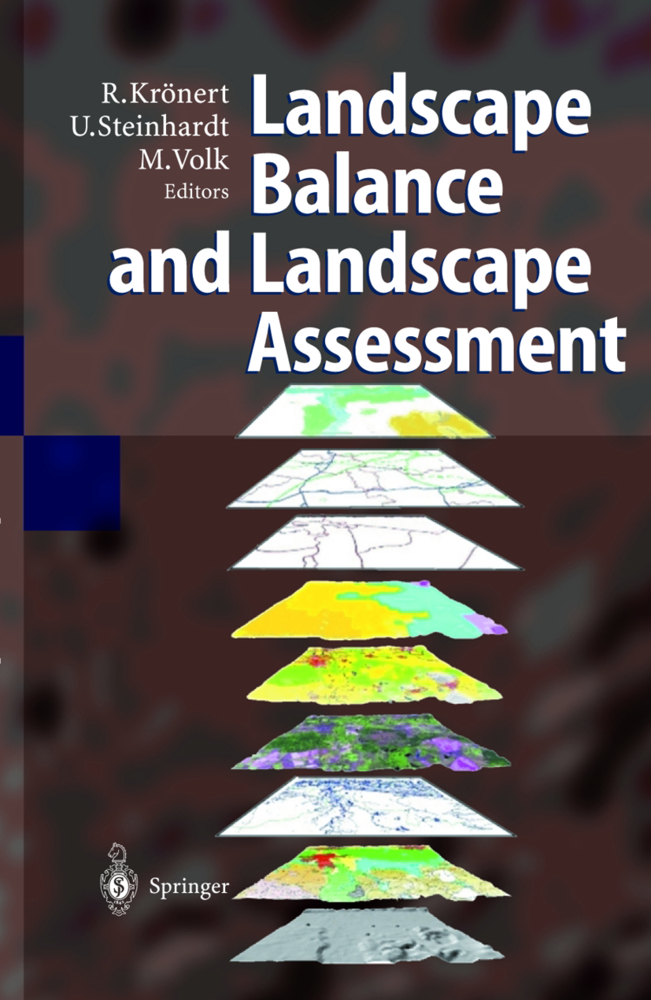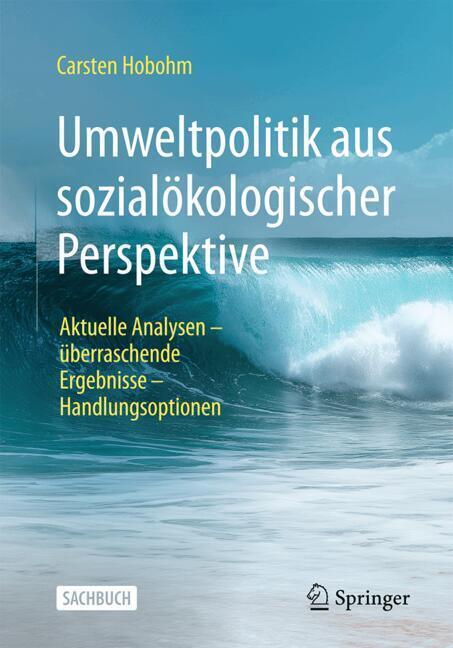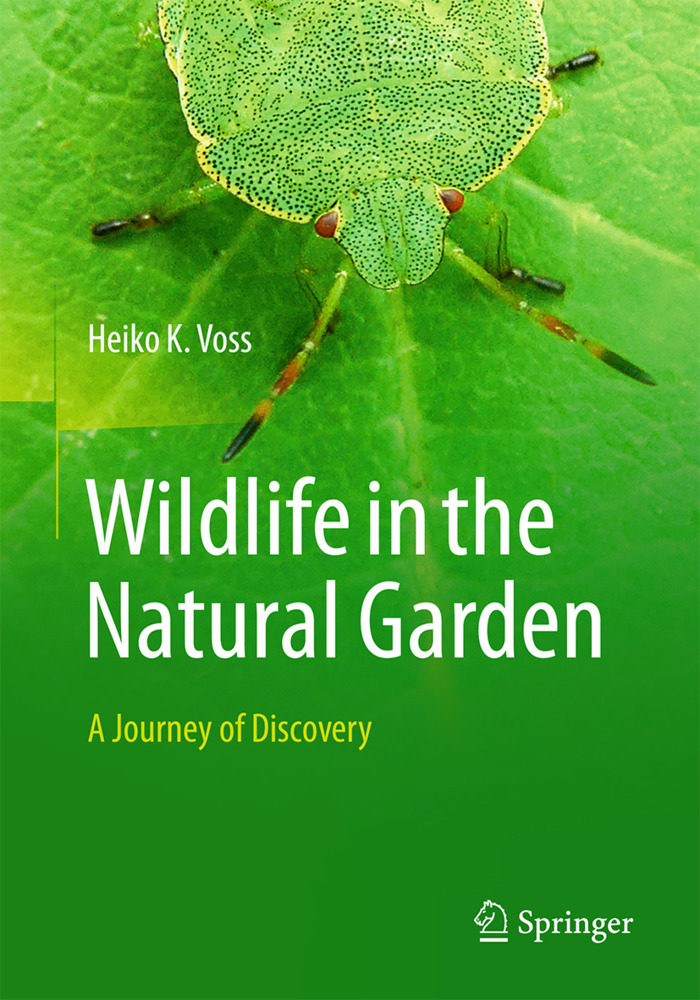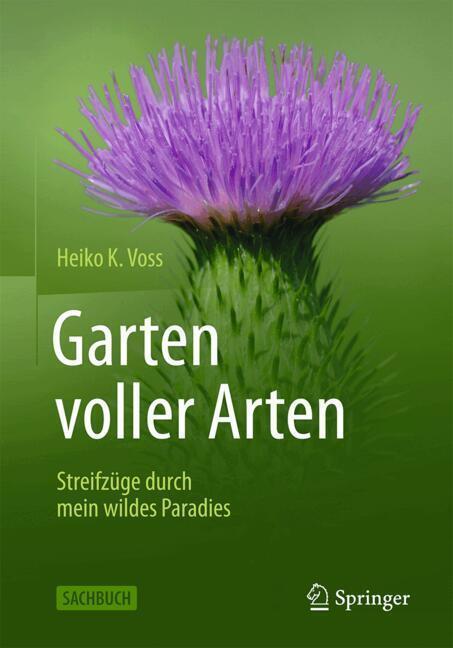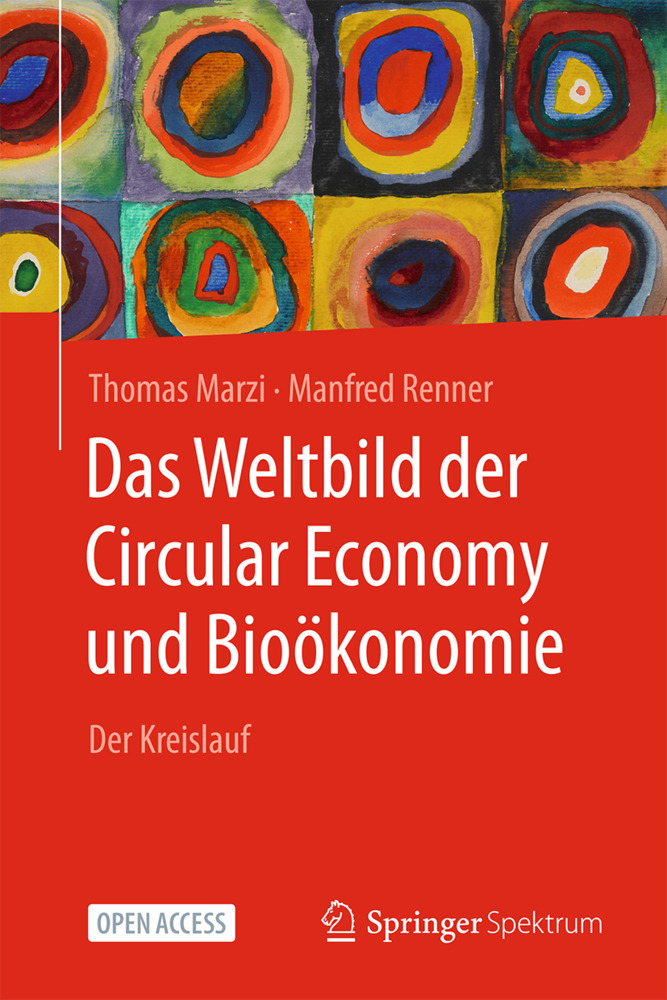Nature Conservation
Nature Conservation
The updated second edition now explicitly includes the consequences of climate change for nature conservation and has also incorporated a stronger reference to Austria as well as to the central Alpine region in some places for the relevant readers.
1 What is "nature" for us?
2 Why "nature conservation"?
3 Why "nature conservation" has the worse cards compared to "environmental protection" and "animal protection"
4 Nature conservation - on which areas?
5 "Extreme locations" - avoided by the economy, preferred by nature conservation?
6 Confusing diversity - area categories of nature and landscape conservation: Nature reserves, national parks, natural monuments, landscape conservation areas, nature parks.-7 Which nature do we want to protect and how?
8 The construction of natural balances - Ideal starting point of the demand for nature conservation
9 Help for endangered species? Red lists and endangerment categories
10 Of birds and butterflies: How nature conservation distributes its sympathies
11 What endangers nature?
12 "Outlaws" and "helpers": the actors in nature conservation
13 Nature that does not deserve protection: spontaneous vegetation, ruderal communities, neophytes and neozoa
14 "Process conservation" as an alternative and a silver bullet?
15 Nature where no one expects it: in the city
16 Land used for military purposes - a nature idyll?
17 Second-hand nature: renaturation of quarries and open-cast mines
18 Is nature only intact if all species increase equally?
19 Nature conservation is successful: the example of large animal species
20 Habitats for land conservation in Central Europe
21 Small biotopes: their importance for biodiversity and nature conservation
22 Geological landscape objects in nature conservation
23 River straightening vs. river renaturation
24 Nature conservation in the forest: natural forest - permanent forest - clear-cutting?
25 Agricultural accompanying programs of nature conservation in Germany
26 Europe also gets involved: Federal Nature Conservation Act, FFH and Natura 2000
27 On the role of non-governmental organizations (NGOs) in nature conservation
28 The silverware of the GDR? Nature conservation in the eastern Germanstates
29 The world's oceans and Antarctica: international, therefore unprotected?
30 Nature conservation outside Europe
31 Nature conservation in the "Third World - a pillar of "neo-colonialism"?
32 Nature disappears, nature conservation arrives? - On the token function of nature conservation and nature-protected areas
33 Nature conservation in times of climate change
34 Hikers, cyclists, motorists: How leisure modalities shape our view of nature
35 Man and nature - a constructed opposition?
36) Search for ideas: How can "nature conservation" be socially justified and anchored?
37 Nature conservation versus zeitgeist?
38 The benefits of diversity: reality, poetry or esotericism?
39 On the future of nature conservation
40 Epilogue: Nature conservation expertise concerns everyone!
Hupke, Klaus-Dieter
| ISBN | 978-3-662-66158-1 |
|---|---|
| Artikelnummer | 9783662661581 |
| Medientyp | Buch |
| Auflage | 1st ed. 2023 |
| Copyrightjahr | 2023 |
| Verlag | Springer, Berlin |
| Umfang | XVI, 404 Seiten |
| Abbildungen | XVI, 404 p. |
| Sprache | Englisch |

